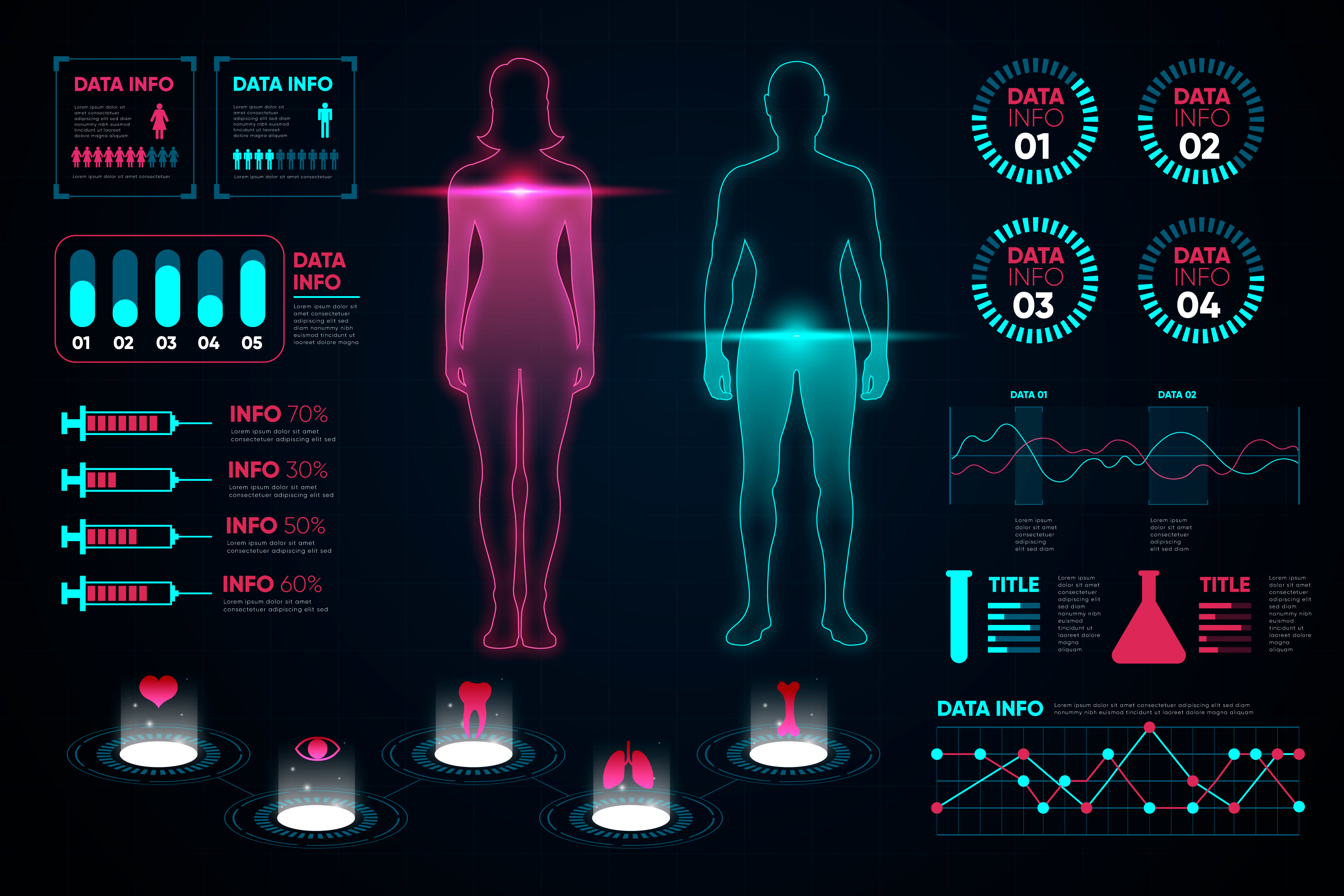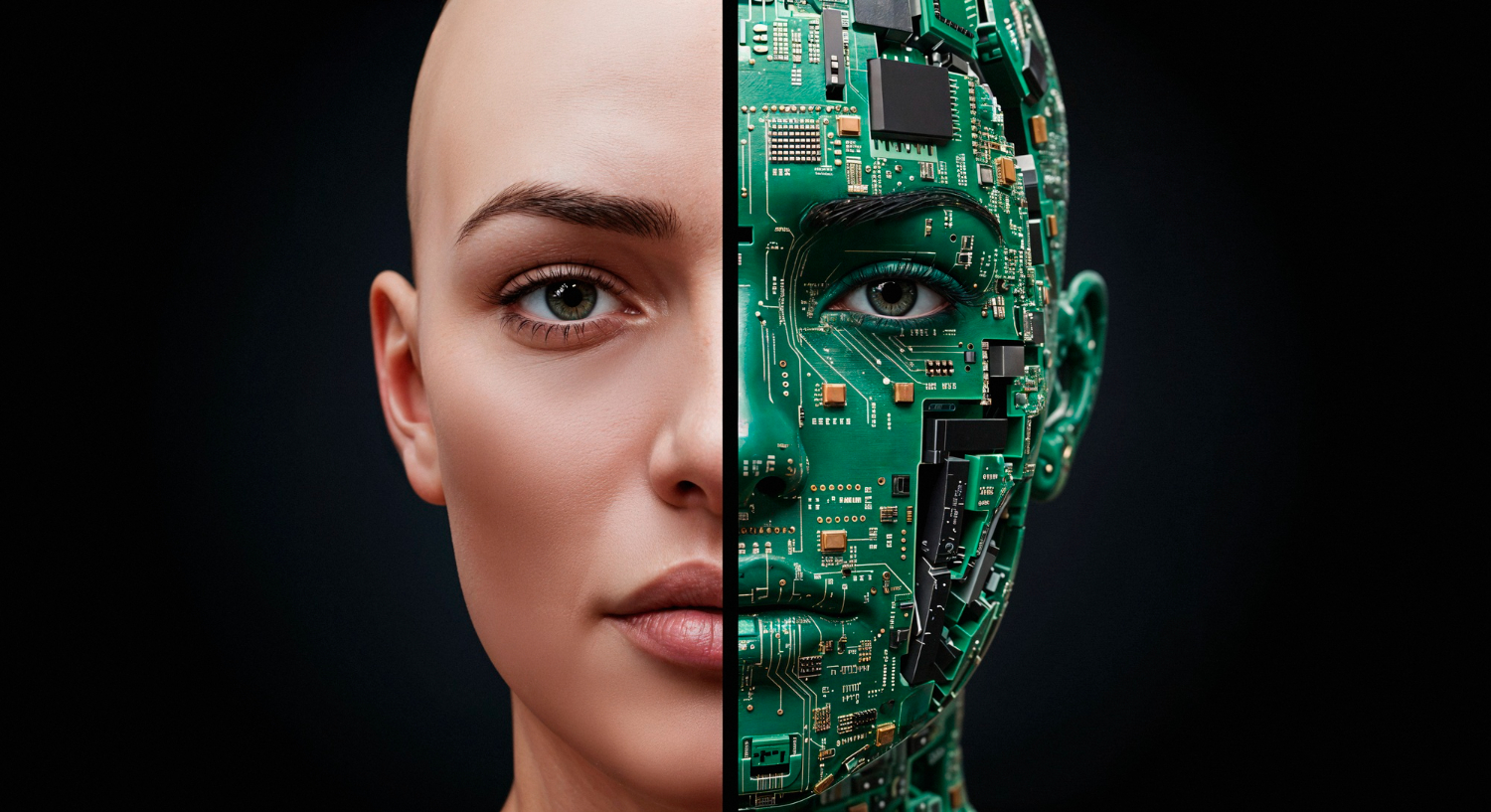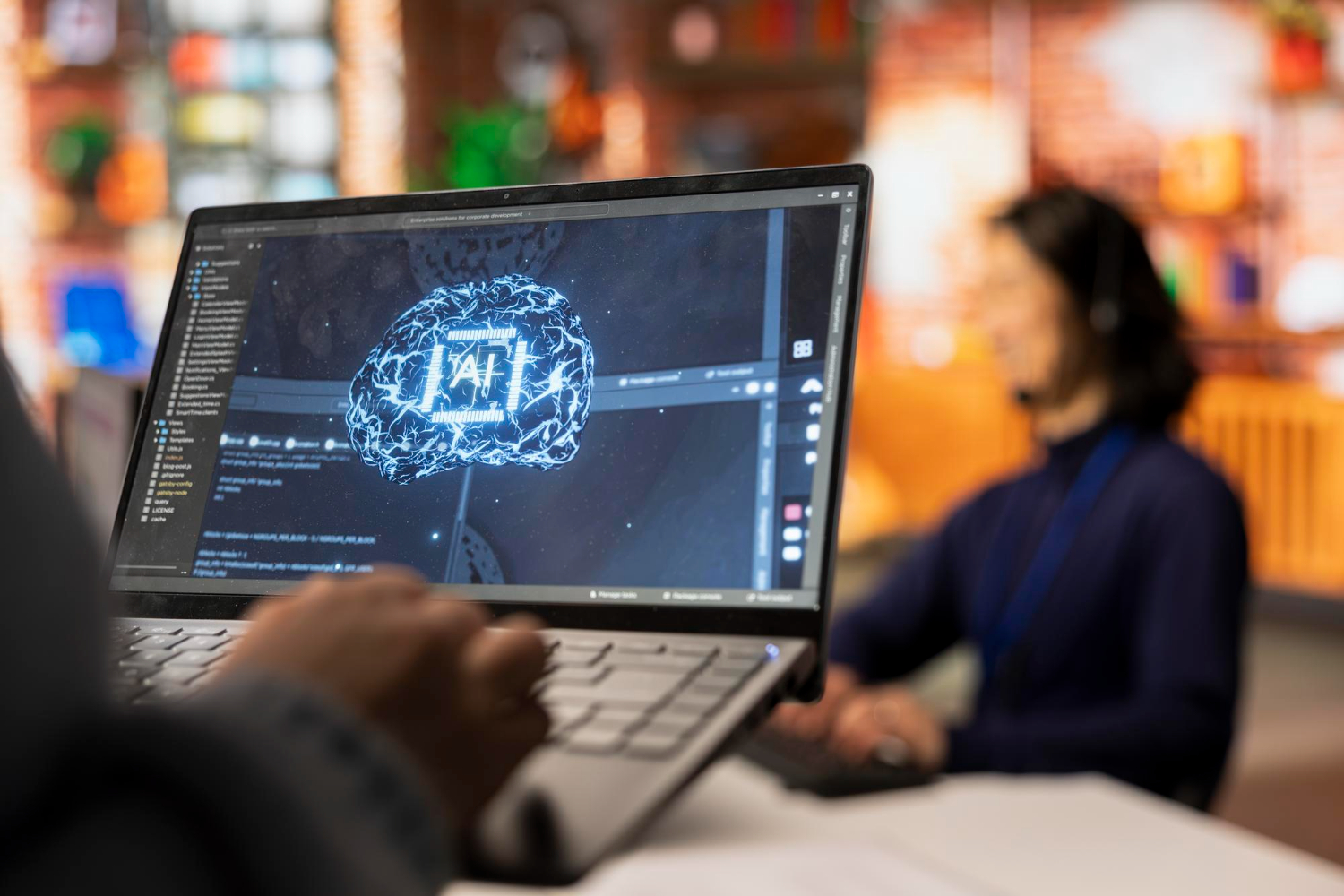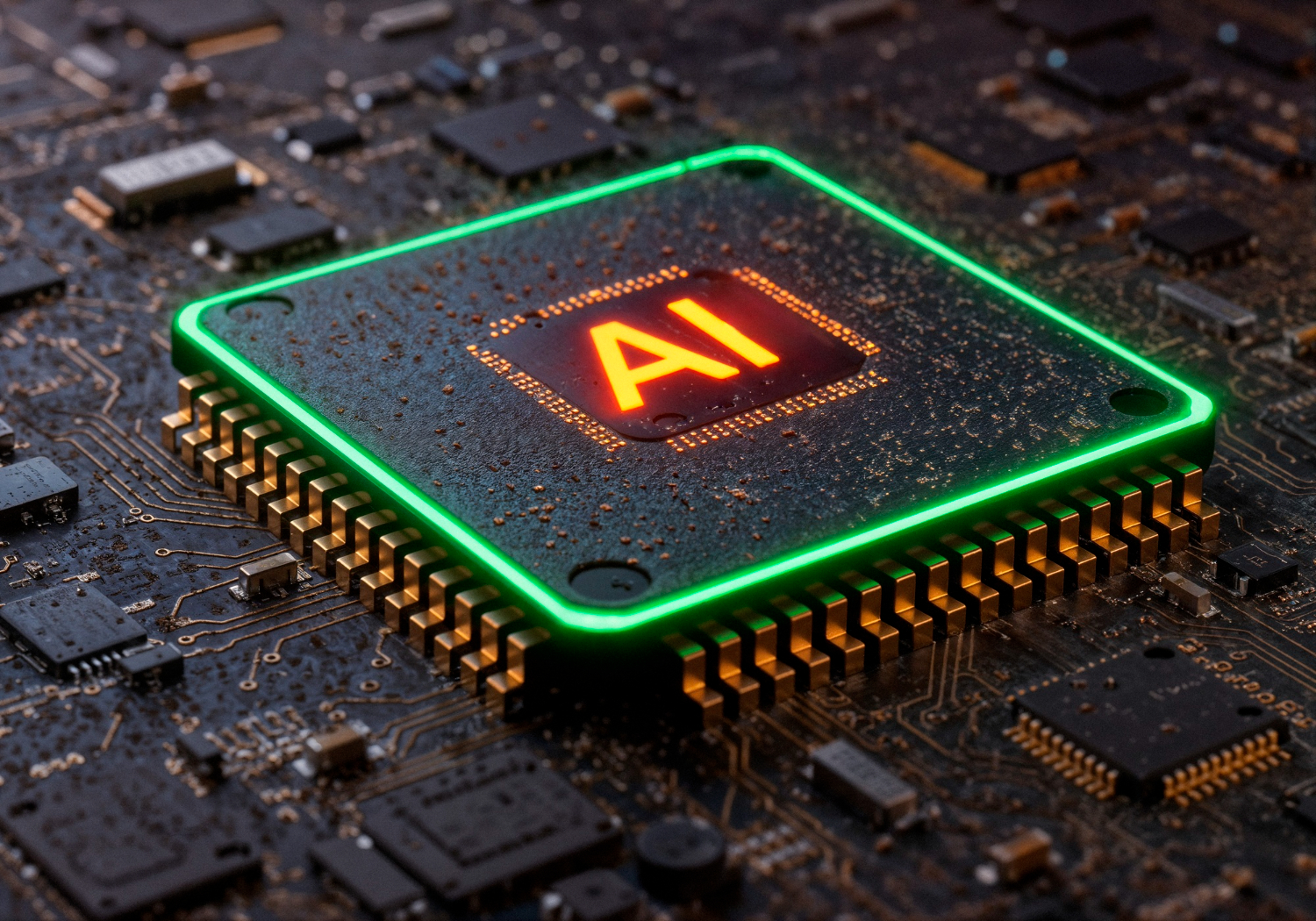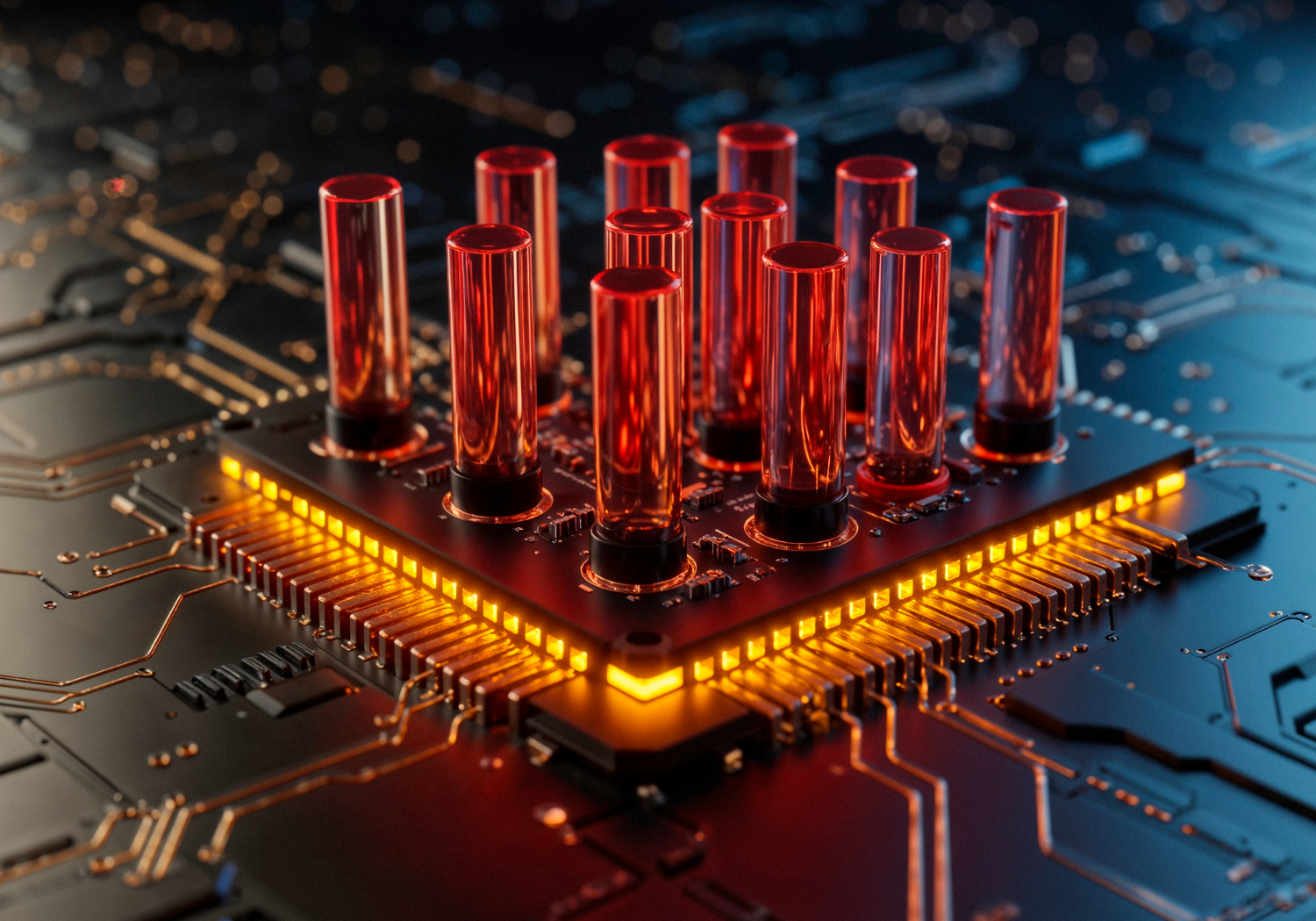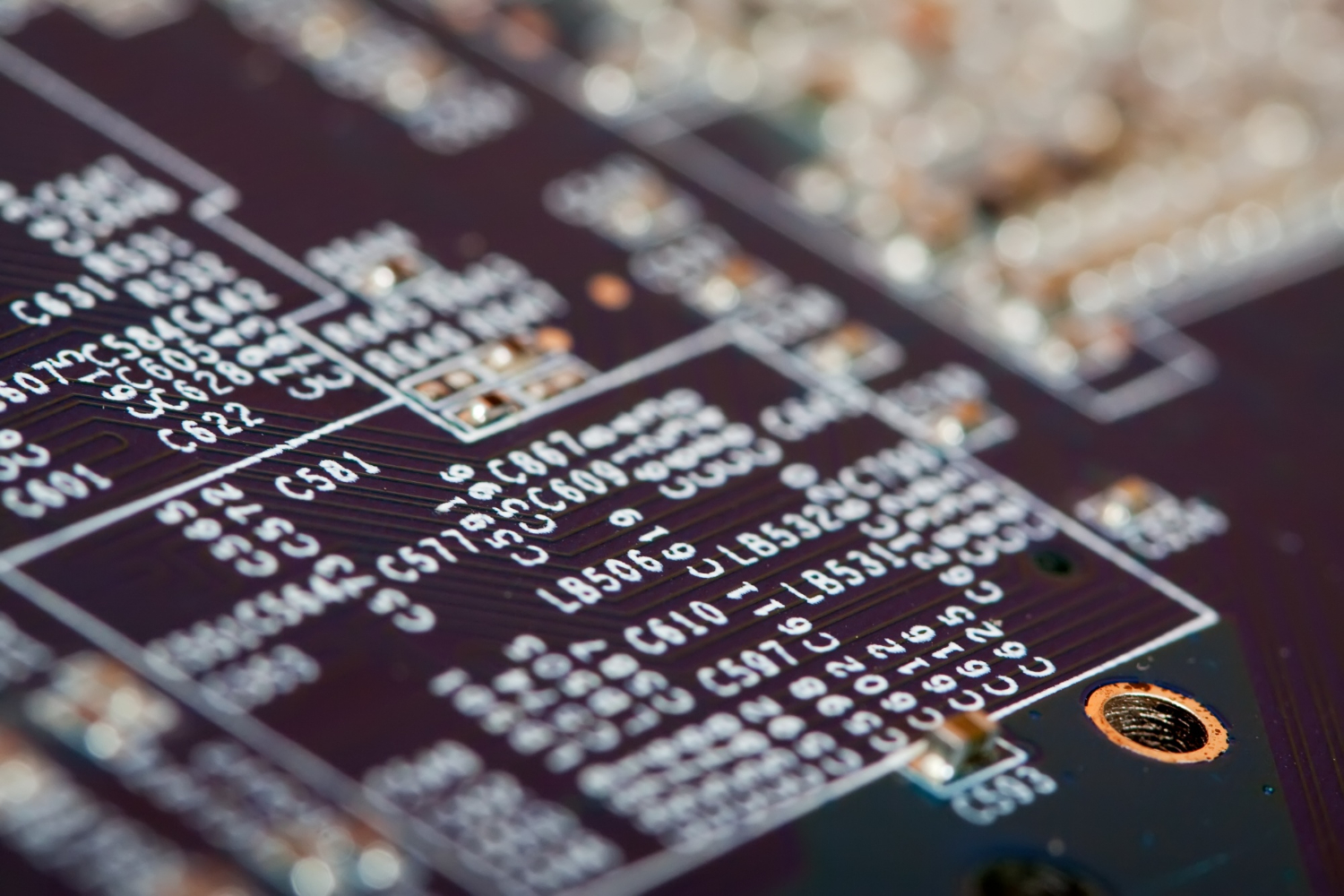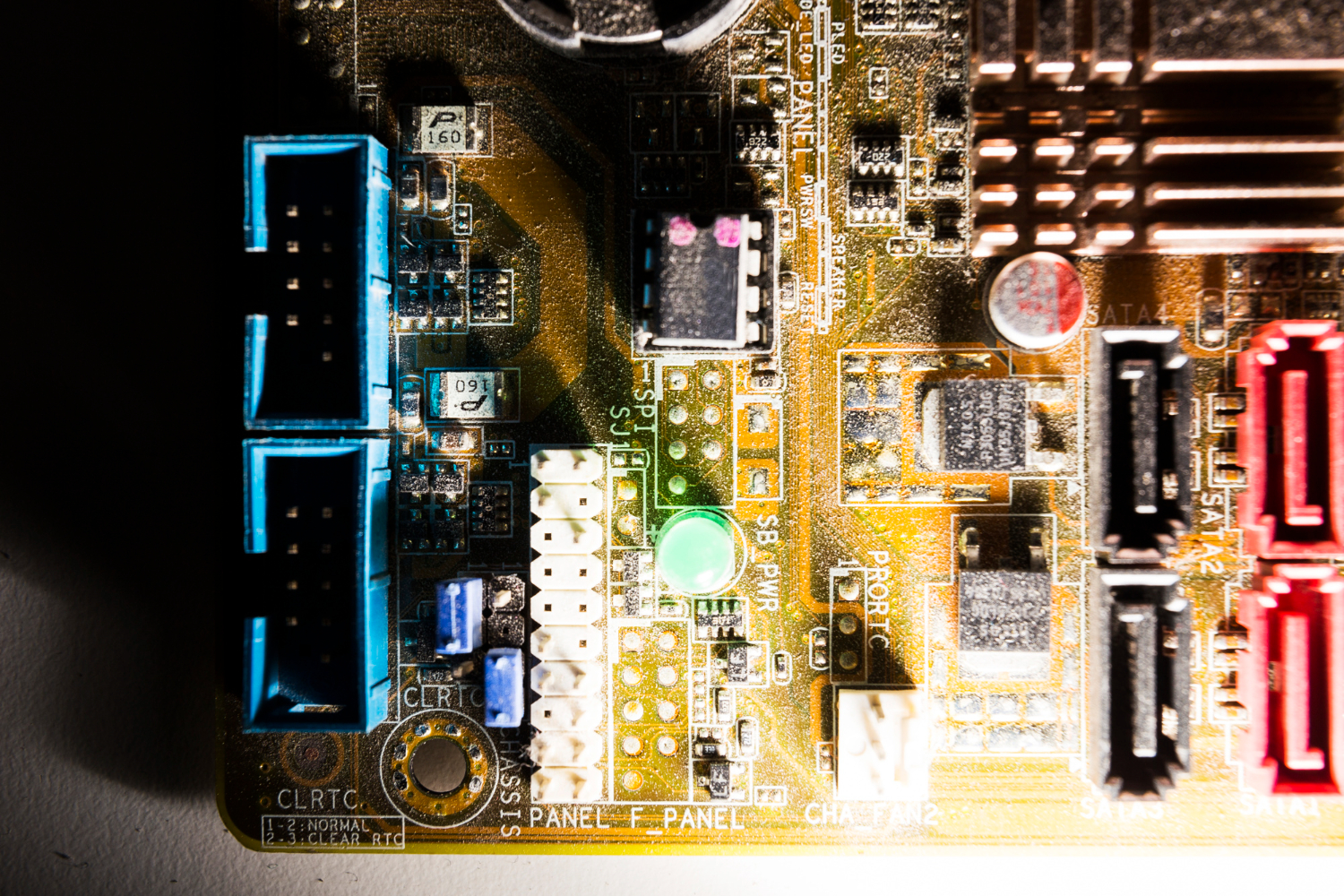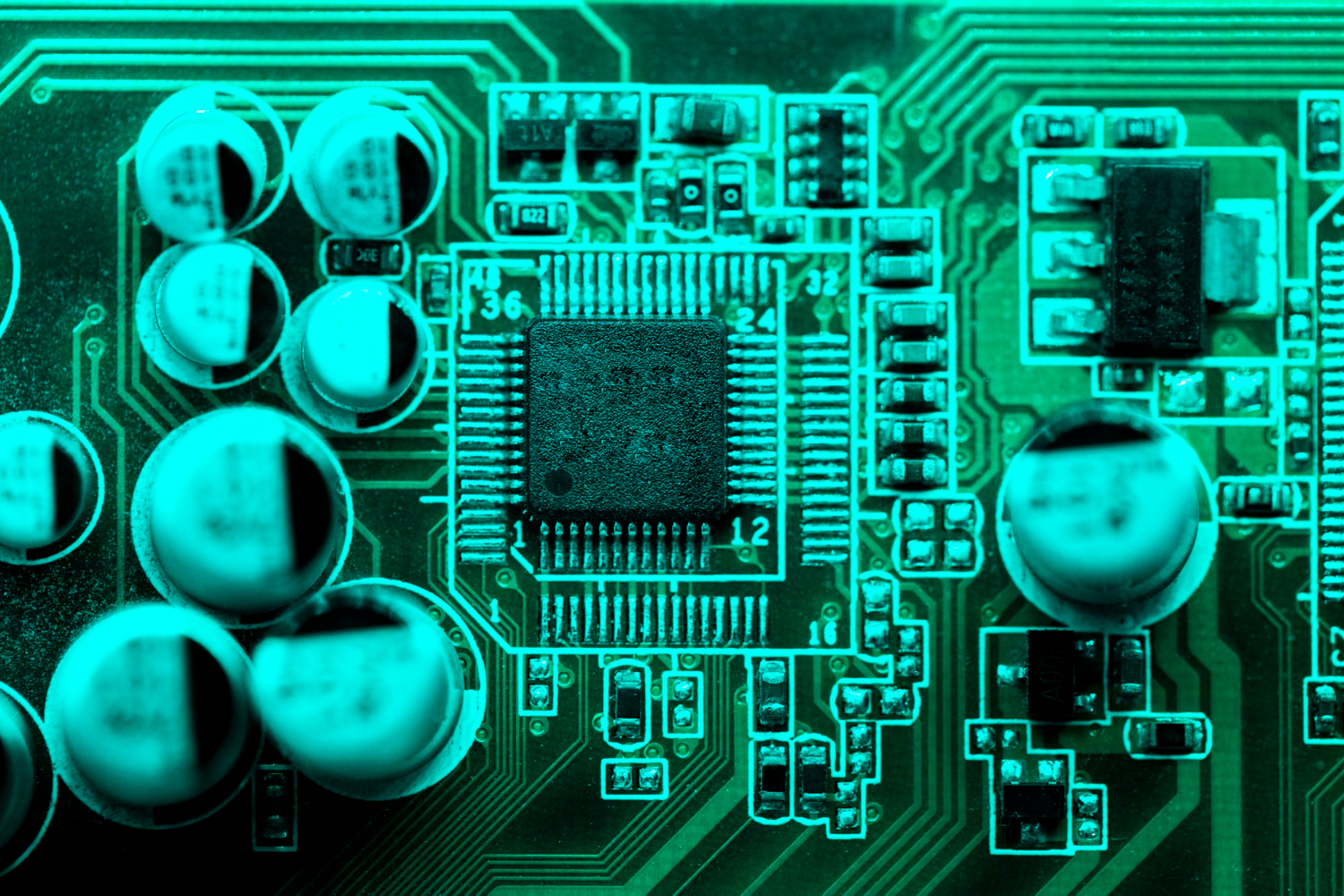The concept of Artificial General Intelligence (AGI) sparks fascinating debates. One intriguing question is: “Would AGI make its own body?” This article explores this possibility, delving into the capabilities of AGI, the current state of AI, and the challenges and implications of such an advancement.
Understanding Artificial General Intelligence
Artificial General Intelligence (AGI) refers to a form of machine intelligence that can understand, learn, and apply knowledge across a wide range of tasks, much like a human brain. Unlike narrow AI, which excels at specific tasks (like driving cars or playing chess), AGI would possess cognitive abilities that enable it to perform any intellectual task that a human can do.
AGI and the Human Brain
AGI aims to mimic the human brain’s cognitive functions. Neural networks, which are the backbone of most AI systems, are inspired by the human brain’s structure and function. These networks consist of interconnected nodes (neurons) that process and transmit information, enabling problem-solving and decision-making.
However, achieving AGI requires more than just sophisticated neural networks. It demands the integration of various AI models and technologies to create a system capable of true machine intelligence.
Current State of AI Systems
Today’s AI systems, often referred to as narrow AI, excel in specific domains. Examples include generative AI, which creates new content such as text or images, and AI models used in driving cars and other applications. These systems rely on large language models and advanced machine learning algorithms to perform their tasks. However, they lack the general cognitive abilities and adaptability that define AGI.
Would AGI Make Its Own Body?
The idea that an AGI system could create its own body is both fascinating and complex. Here are some factors to consider:
The Need for a Physical Form
One might argue that for AGI to interact effectively with the physical world, it would need a body. This body could be a robot or a more advanced form of physical presence. By having a body, AGI could perform tasks that require physical interaction, enhancing its problem-solving capabilities and expanding its range of applications.
Technological Feasibility
Creating a body for AGI involves several technological challenges. Robotics, sensory technologies, and motor control systems must advance significantly to provide AGI with a body that can move, sense, and interact with the world effectively.
Current developments in robotics and AI technology are promising, but we are still far from achieving the level of sophistication required for AGI to build and control its own body.
Ethical and Safety Concerns
The development of AGI with a physical form raises ethical and safety concerns. AI researchers and computer scientists must consider the potential risks associated with AGI. Ensuring that AGI systems are designed with safety protocols and ethical guidelines is crucial to prevent unintended consequences.
Implications of AGI Creating Its Own Body
The ability of AGI to create and inhabit its own body could revolutionise various fields and industries. Here are some potential implications:
Enhanced Problem Solving
With a physical form, AGI could tackle problems that require both cognitive and physical capabilities. This would enable it to perform tasks in real-world environments, leading to more effective solutions in fields such as healthcare, manufacturing, and disaster response.
Advanced Human-AI Collaboration
A physically embodied AGI could work alongside humans, enhancing productivity and innovation. For example, in manufacturing, AGI could collaborate with human workers to optimise production processes and improve efficiency.
New Ethical and Regulatory Challenges
The creation of AGI with a physical form necessitates the development of new ethical guidelines and regulatory frameworks. Policymakers, AI researchers, and computer scientists must work together to ensure that AGI systems are used responsibly and safely.
The Role of Generative AI
Generative AI plays a significant role in the development of AGI. By leveraging large language models and advanced algorithms, generative AI can create new content, simulate scenarios, and enhance the learning capabilities of AGI systems. This technology is a crucial component in the journey toward achieving true AGI.
Real-World Applications and Challenges
The potential applications of AGI with a physical form are vast. However, several challenges must be addressed to realise this vision:
Technological Limitations
Current AI and robotics technologies must evolve to support the creation of a physical form for AGI. This includes advancements in sensory technologies, motor control, and real-time processing capabilities.
Ethical and Safety Considerations
The development of AGI with a body must be guided by ethical principles and safety protocols. Ensuring that AGI systems are designed to operate safely and ethically in the real world is paramount.
Economic and Social Impact
The integration of AGI into various industries could have significant economic and social impacts. While AGI could enhance productivity and innovation, it could also disrupt existing job markets and raise concerns about job displacement and inequality.
How Can TechnoLynx Help?
At TechnoLynx, we are committed to advancing the development of AI technologies and exploring the possibilities of AGI. Our expertise in AI research and development positions us at the forefront of this exciting field. Here’s how we can help:
AI Research and Development
We invest in cutting-edge research to push the boundaries of AI and explore the potential of AGI. Our team of experts is dedicated to developing advanced AI models and technologies that pave the way for the future of machine intelligence.
Ethical AI Solutions
We prioritise the ethical development of AI systems. Our commitment to safety and ethical guidelines ensures that our AI solutions are designed to operate responsibly and safely in the real world.
Collaboration and Innovation
We collaborate with industry partners, research institutions, and policymakers to drive innovation and address the challenges associated with AGI. Our collaborative approach fosters the development of robust and impactful AI technologies.
Custom AI Solutions
TechnoLynx offers customised AI solutions tailored to the unique needs of our clients. Whether you are looking to enhance your business operations, optimise processes, or explore the possibilities of AGI, we provide the expertise and technology to achieve your goals.
Conclusion
The question “Would AGI make its own body?” opens a fascinating discussion about the future of artificial general intelligence. While the creation of AGI with a physical form presents significant technological, ethical, and societal challenges, it also holds immense potential for innovation and advancement across various fields.
At TechnoLynx, we are dedicated to advancing AI research and exploring the possibilities of AGI. Our commitment to ethical AI development and collaboration ensures that we are at the forefront of this exciting journey. As we continue to push the boundaries of AI technology, we look forward to a future where AGI can enhance human capabilities and drive transformative change.
Image credits: Freepik

